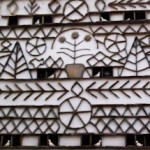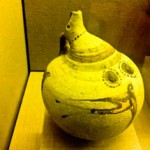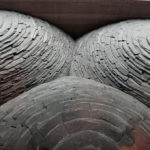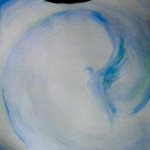Universal vs. Personal
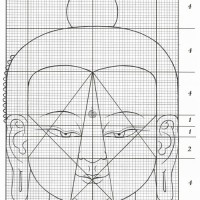
“As a generalization, Meditative Art, and spiritual paths, can be divided into two primal categories: personal and impersonal. Understanding each of these categories is important and can ultimately lead us to the middle path, which I personally refer to as “Rumi’s flute”.
The following text is taken from our newly released book: Meditative Art – Theory & Practice
Universal vs. Personal Spiritual Paths
When looking into spiritual paths worldwide and through time, they can be grossly classified under the definition of universal or personal. There is no clear line that makes this division; rather, a wide gradient that we can recognize among different paths.
In general, universal paths focus on that which is common in all beings, the essence, which can be seen as Divine, empty or simply real; the eternal truth, which is beyond time and space.
Personal paths, on the other hand, give room for that which is different among beings, focusing on the essential truth as well as on the individual.
These two different approaches are clearly reflected in the practices that the spiritual seeker uses to develop and progress. This is, naturally, also reflected in the basic difference in the Meditative Art practices that is used among different religions and spiritual paths.
Universal Meditative Art
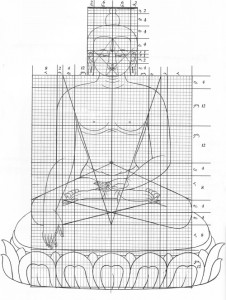
Universal Meditative Art, both practice and product, is regarded as “objectively” perfect or correct with regard to their influence and support of spiritual progress.
We can find a classic example for this in Buddhism, where drawing a Buddha image or sculpting a Buddha sculpture is seen as Meditative Art practice. This practice has clear and absolute goals, as well as defined rules and proportions. A drawing of a Buddha is not a personal interpretation expressed through creativity. This Meditative Art is restricted to precise measurements and proportions, which are considered as objective. These are believed to be supporting spiritual development by primal and reliable scientific laws which are applied in art.
There is nothing personal being expressed, there is nothing personal in the artwork; it is the use of a system of laws that are understood to be facilitating for spiritual growth.
Universal Meditative Art practice is born out of an impersonal spiritual concept or doctrine; as in the examples given above. Such spiritual paths are essentially impersonal. This means that non-self and emptiness are its key principles.
(Images by Mayul School Project-Developing Educational Opportunities for Tibetans)
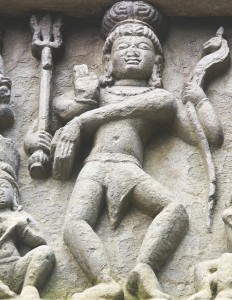 Personal Meditative Art
Personal Meditative Art
This form of Meditative Art practice is common among spiritual paths that are more individualistic in principle, that see the spiritual search as an individual path to enlightenment.
Personal expression of Meditative Art is subjective to a specific artist. It is due to individualistic ideas and experiences that a spiritual seeker wishes to convey and express creatively. Although basic guide-lines may be given, the artist is free to communicate personal understandings, feeling, or concepts.
It is important to understand that both personal and universal meditative artists will see themselves as the brush in the Divine hand, expressing creativity. They both use art as means for inner growth through which they progress along their spiritual path. Art is a tool for them and it may be one of many different spiritual practices they may use and learn.”
From our book: Meditative Art – Theory & Practice
